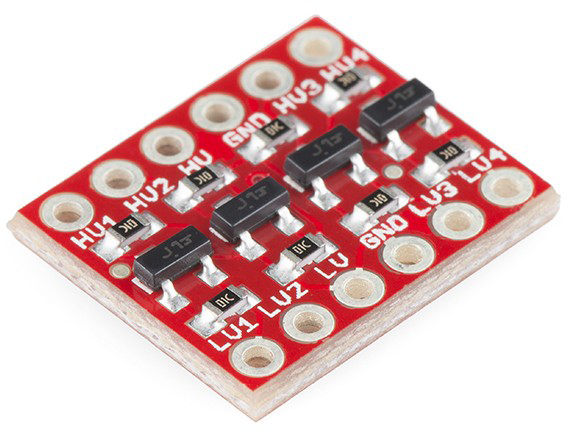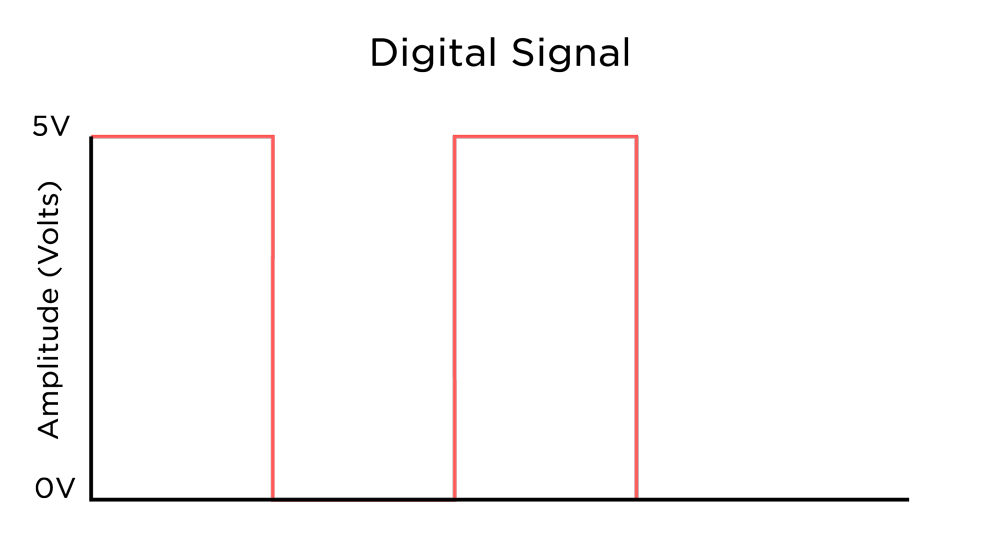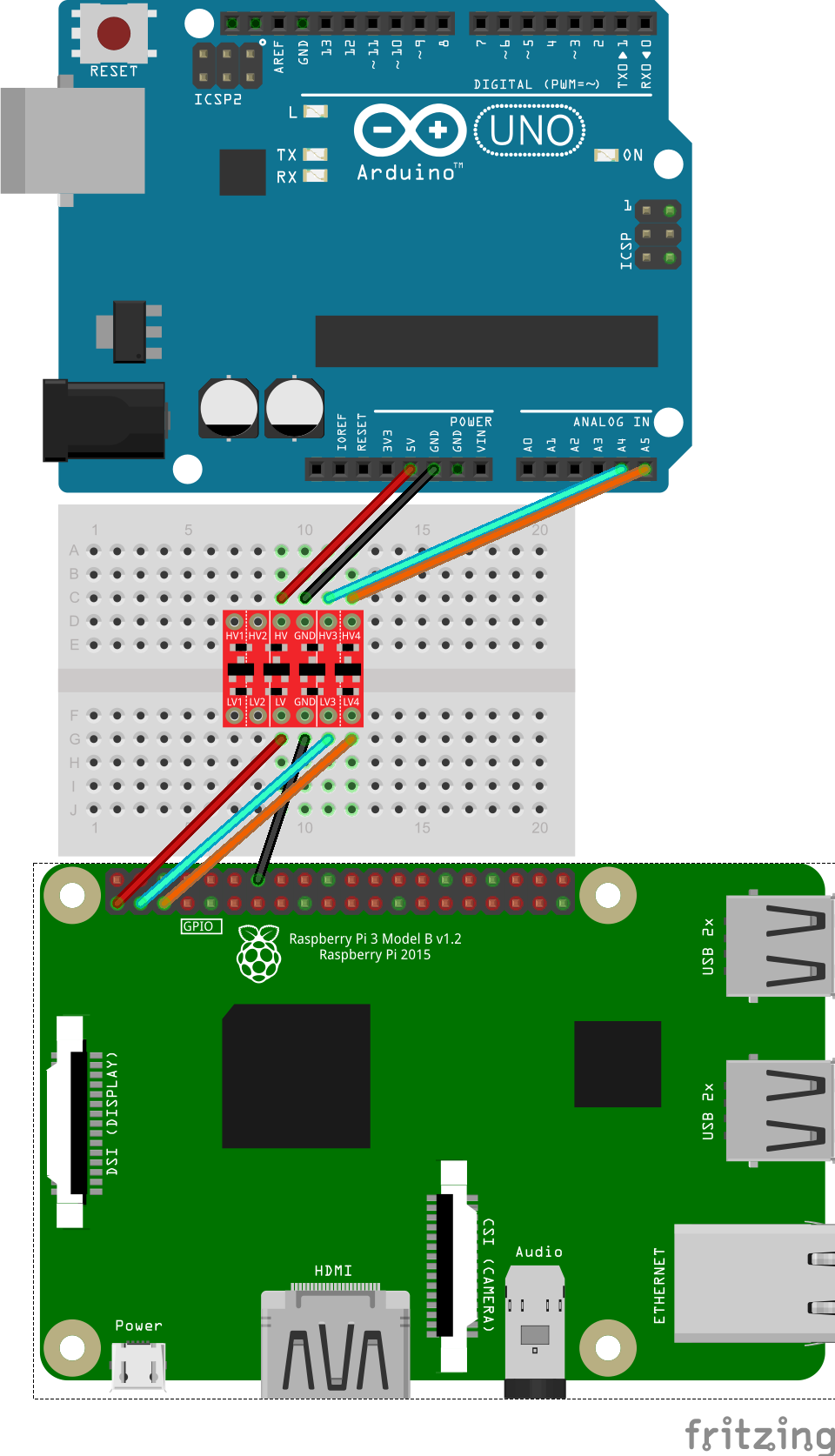So you’ve got your Raspberry Pi, you’ve got your sensors and external components and you’re ready to build a world-conquering robot beyond compare. But hang on a minute, the sensor you have only operates on 5V and you vaguely recall that using 5V with the Raspberry Pi GPIO pins could be bad. Well you’re not wrong, that would be very bad. You see, the Raspberry Pi board, like many other DIY platforms operates on 3.3V rather than 5V. If you’re not sure what we mean talking about voltage levels and other such terms, check out our Analogue Electronics Crash Course to get a handle on how electricity and electronics components all work.
Logic Levels
So what do we mean when we’re talking about logic levels? Simply put, a logic level is the voltage recognised by a system as the typical voltage of a high signal. This voltage level issued used by chips to determine whether the signal is high or low (binary logic) and then can make computations based off that. Traditionally, 5V was the default logic level for most systems, however as silicon chips have gotten smaller and more efficient, 3.3V is now the standard for most microprocessors (higher level processors like those found in modern desktops/laptops can be as low 1.2V).
The issue with this is that for a chip running at 3.3V, if you connect 5V up to its pins, unless it’s specifically tolerant to the higher voltage, you can risk damaging the pin, or the entire chip. Now that damage only goes one-way. If you connect 3.3V up to a 5V pin, you won’t damage it, however 3.3V may not be high enough for it to register a high signal, so it may not work properly. So the general rule of thumb is to match the logic level voltage of external components, shields, modules, or other boards to the board/chip you’re connecting to. Now how can we interface two things that operate on different voltages? A magic piece of hardware called a ‘Logic Level Converter (or shifter)’.
Logic Level Converters

Using Shifter with Raspberry Pi
Let’s say that we’re using an I2C bus to communicate with various devices in a project and we want our Raspberry Pi to be on this bus too, but the logic level of the I2C bus is 5V, well we can use the Sparkfun logic level converter to connect our Raspberry Pi up to it. Bear in mind you can use this to interface with a sensor or output device as well, but because the I2C bus is capable of bi-directional communication, it highlights the bi-directional capabilities of the converter.
As you can see, it’s incredibly simple, and we’ve attached ground wires along with voltage taps from each board, then connected the SDA and SCL wires from each board to the converter which will take care of the voltages, and we can use the I2C bus to communicate bi-directionally without any danger of damaging the Raspberry Pi from the 5V.
The Sparkfun converter used in this tutorial is our favourite converter by far and because they’re so cheap, it’s well worth keeping a few on hand for projects of any kind.




